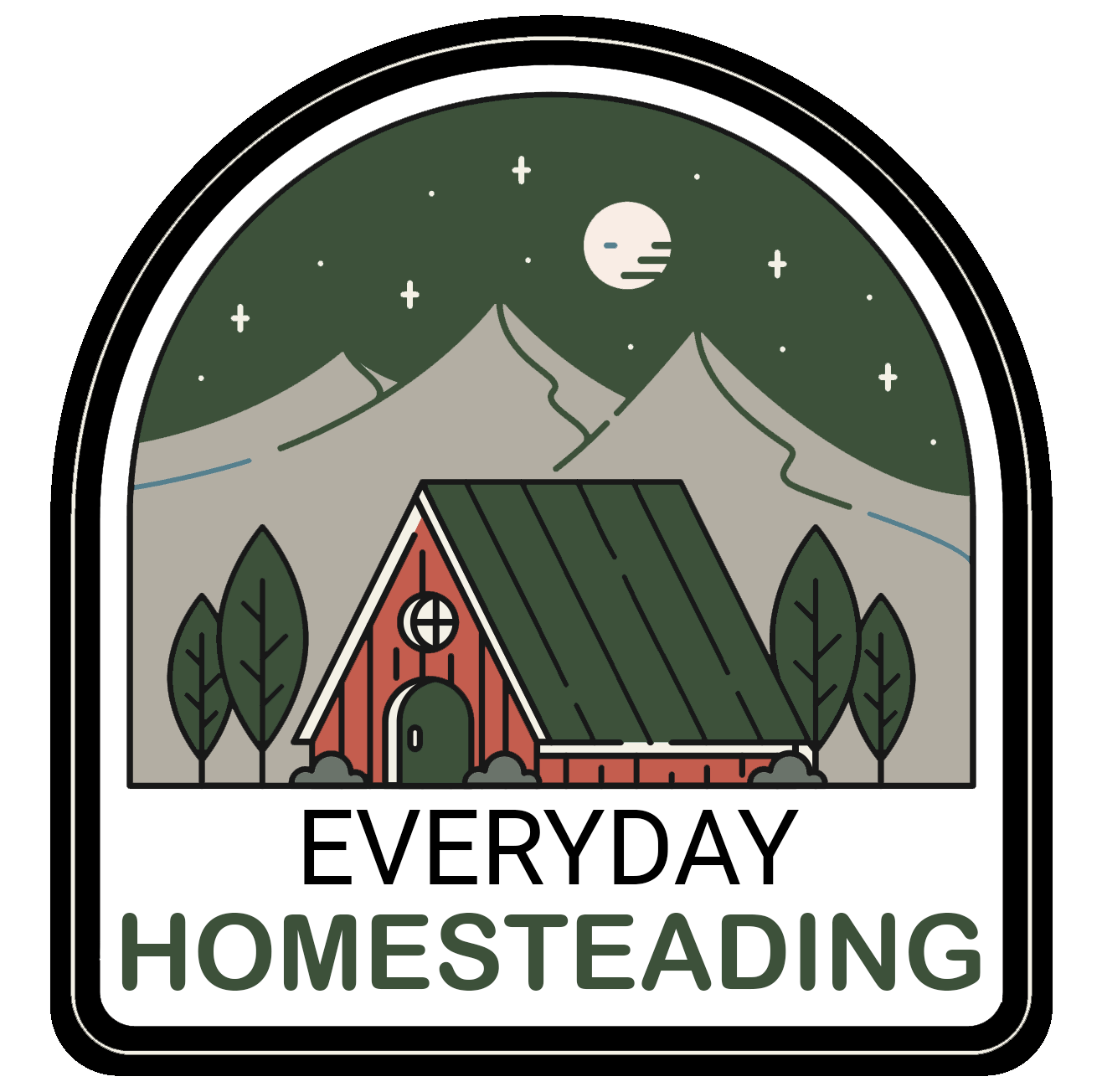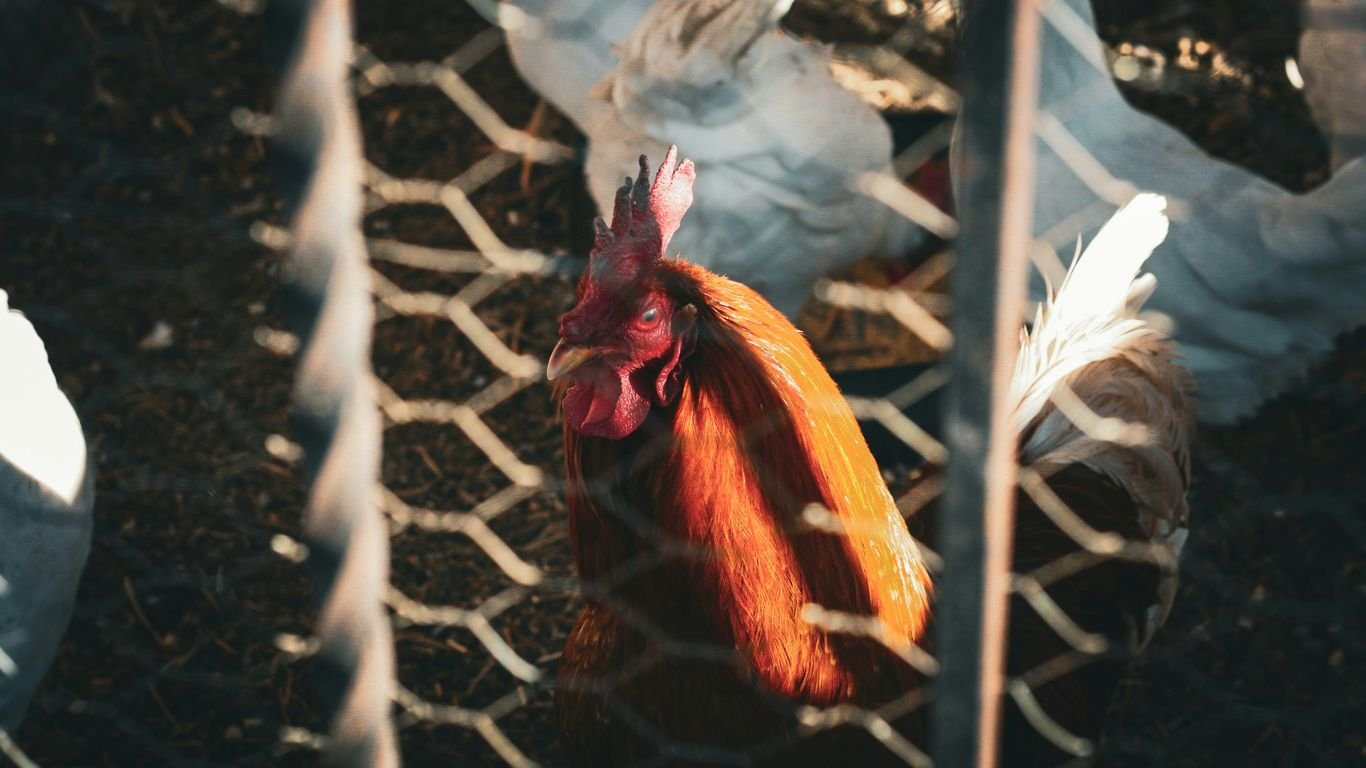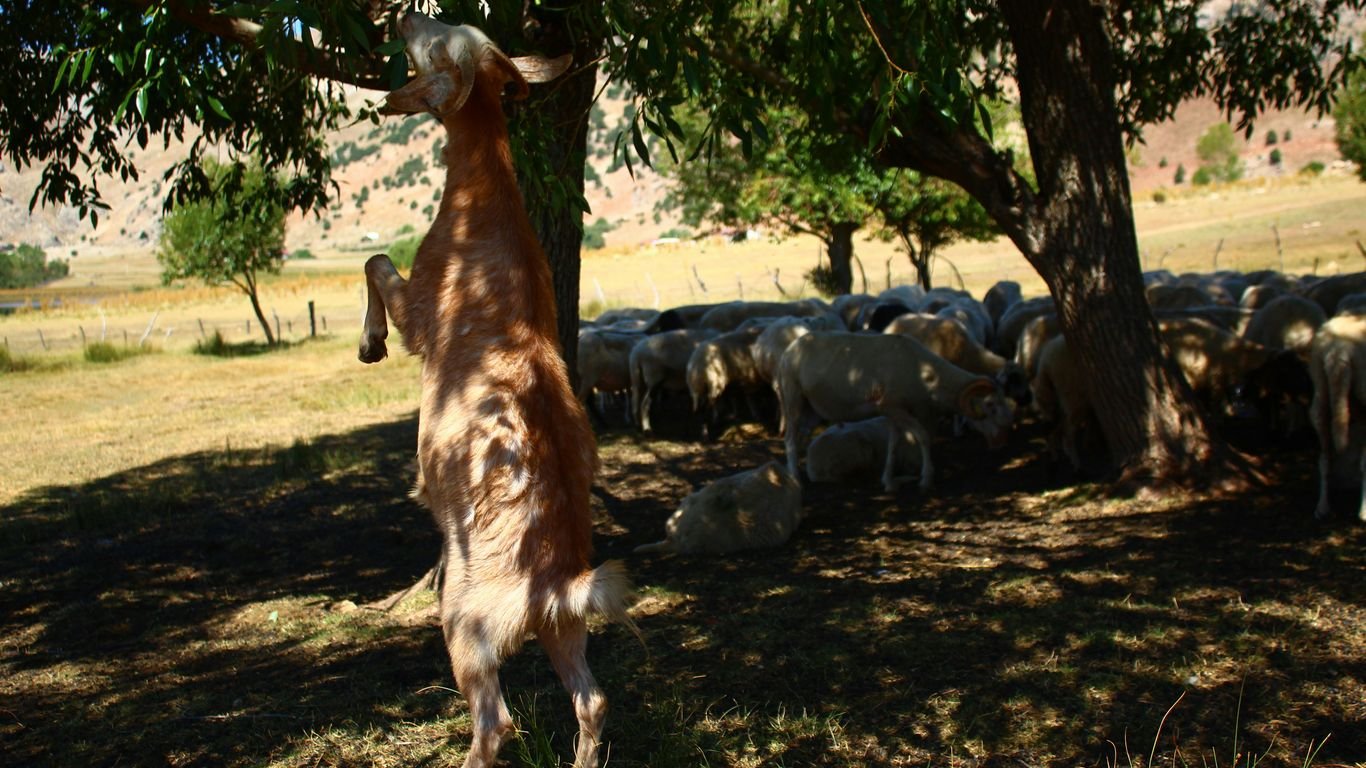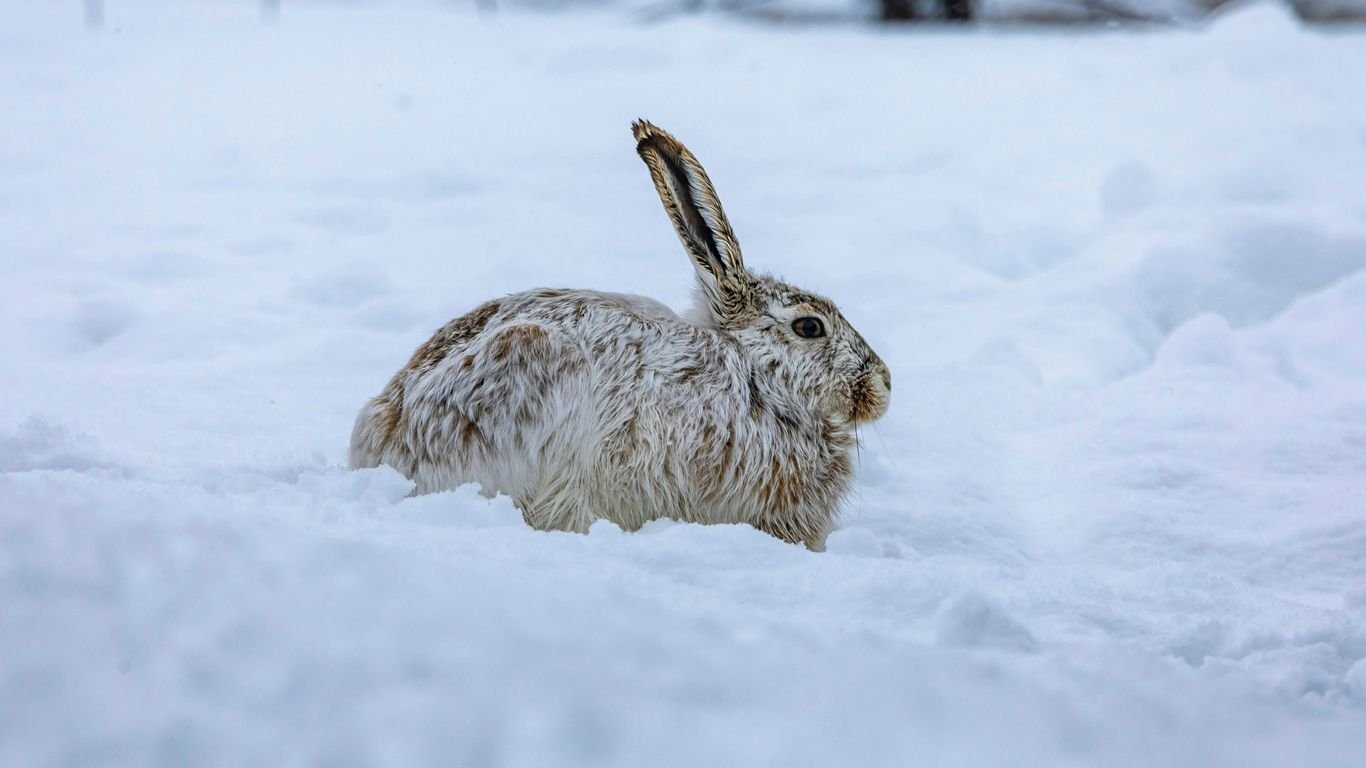Fall Horse Care: Hoof Maintenance and Coat Transition Tips
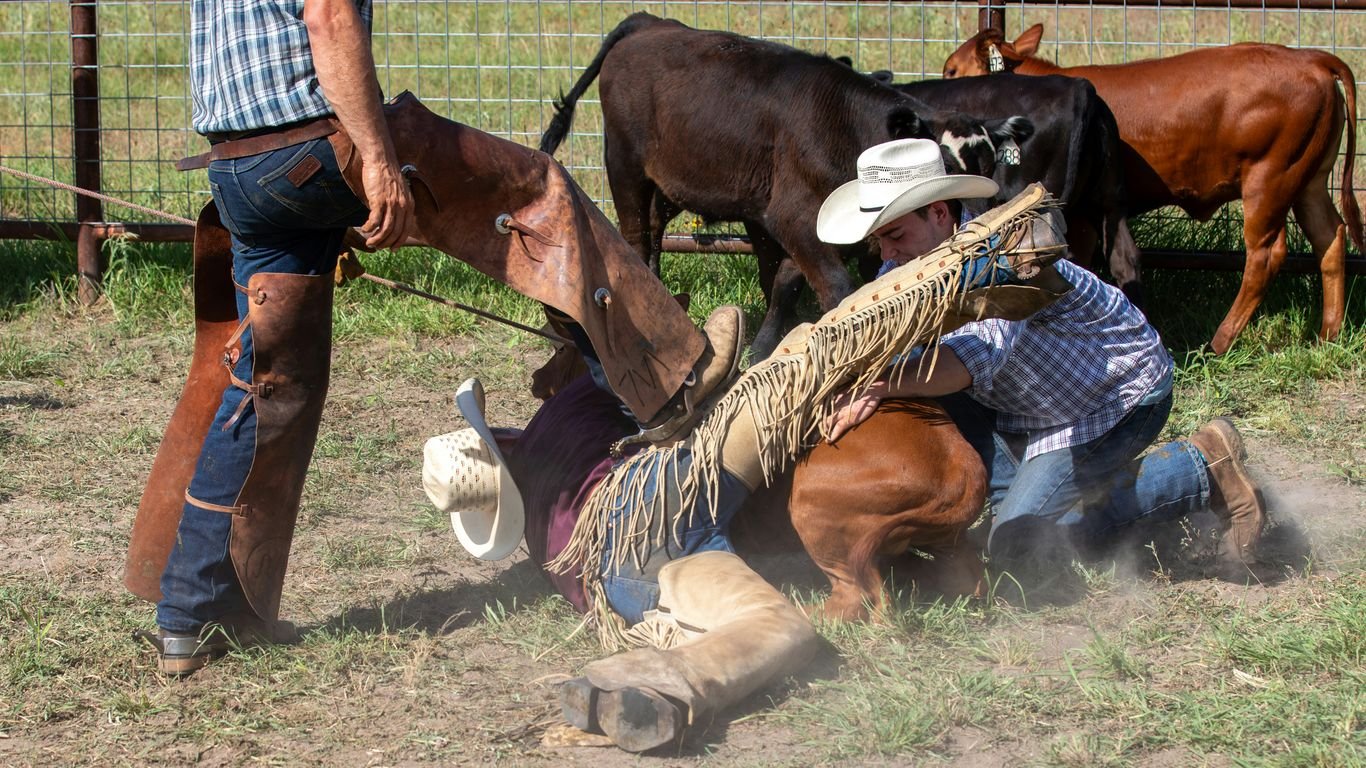
As the days get shorter and the air gets cooler, we know it’s time to switch up our horse care routine. Fall is a big transition period, not just for us but for our horses too. They start growing thicker coats and their needs change as the weather shifts. We need to be ready to help them out, making sure they stay healthy and comfortable. It’s all about being prepared and sticking to good habits.
Key Takeaways
- We should pay close attention to our horse’s coat as it changes for winter. Regular grooming helps remove loose hair and keeps the skin healthy, preventing issues like patchiness or irritation. Using shedding tools gently can make this process easier.
- Hoof care is important year-round. In fall, with wetter conditions, we need to be extra careful about preventing thrush by keeping hooves clean and dry. Making sure our horse’s diet supports hoof strength is also a good idea.
- As forage quality changes, we need to adjust our horse’s diet. This might mean adding more hay or considering feeds with higher fat content to support coat and hoof health. Staying on top of hydration is also key, especially as temperatures drop.
- Daily grooming is our friend in the fall. It helps with circulation and keeps the coat looking good. We should use shedding tools effectively but avoid over-bathing, opting for spot cleaning when needed to preserve natural oils.
- Deciding when to blanket depends on our horse. We need to look at how thick their winter coat is getting, their age, and their overall health. Choosing the right blanket weight will help keep them comfortable without overheating.
Navigating Your Horse’s Coat Transition

As the days get shorter, we all notice our horses starting to get a bit fuzzy. This is their natural way of preparing for the colder months, growing a thicker coat to keep them warm. It’s a pretty amazing process, but it can also be a bit itchy and uncomfortable for them. We need to help them out with this transition.
Understanding the Seasonal Shed
It’s not really the temperature that tells a horse it’s time to grow a winter coat, but the amount of daylight. Less light means winter is coming, and their body kicks into gear to grow that thicker, insulating hair. This shedding process can sometimes leave them feeling quite itchy, and they might start rubbing on fences or trees, which can lead to patchy spots or even skin irritation. Keeping up with grooming during this time is key to helping them shed that old summer coat smoothly.
Grooming for a Healthy Winter Coat
Regular grooming is super important right now. We want to help loosen and remove all that dead hair so the new, thicker coat can come in properly. Think of it as giving their skin a good massage to get the blood flowing. We can use a curry comb to start, really working it in to lift the loose hair, and then follow up with a stiff brush. A shedding blade or a rubber curry comb can be really effective for getting out a lot of that loose hair without pulling too much on the new growth. Just be gentle, especially on sensitive areas.
Addressing Patchiness and Irritation
Sometimes, despite our best efforts, coats can look a bit uneven during the shed. This is normal, but we should keep an eye out for any signs of skin irritation or dryness. If you notice your horse rubbing excessively or if there are any red, flaky spots, it might be time to use a gentle, moisturizing conditioner or a spot treatment. We want to make sure their skin stays healthy underneath all that new hair. Keeping their pasterns clean and dry is also a good idea, especially as things get damper out there, to help prevent issues like mud fever. For more on keeping your horse comfortable this fall, check out this fall horse care guide.
Essential Hoof Care in Cooler Weather
As the weather cools and things get a bit damper, we need to pay extra attention to our horses’ hooves. It’s not just about keeping them clean; it’s about preventing problems that thrive in the fall conditions.
Preventing Thrush in Damp Conditions
Fall often means more moisture, whether it’s from rain, dew, or muddy paddocks. This dampness is a breeding ground for thrush, that nasty bacterial infection that can really damage a hoof. We need to be diligent about keeping our horses’ feet as dry as possible. This means picking out hooves daily, checking for any signs of infection like a black, crumbly discharge or a foul smell, and making sure the frogs are healthy. If you notice any issues, a good thrush treatment applied regularly can help get it under control. Keeping the environment clean and dry is our first line of defense.
Dietary Support for Strong Hooves
What we feed our horses directly impacts their hoof quality. As the seasons change and pasture quality shifts, we might need to adjust their diet. Hay, for instance, often has less fat than fresh grass. Adding a fat supplement that’s rich in omega-3 fatty acids, like canola or fish oil, can really help keep hooves from becoming dry and brittle, which can lead to chipping and cracking. It’s also important to make sure their overall diet is balanced with the right vitamins and minerals. A good quality feed or a vitamin/mineral supplement can fill any gaps.
The Role of Biotin Year-Round
We often think of biotin as something for summer coat shine, but it’s just as important for hoof health all year long. Some horses just naturally have weaker hooves, and biotin supplementation can make a big difference in producing stronger, more resilient hoof horn. Even if your horse isn’t in heavy work during the fall, it’s not a good time to stop giving biotin. Hooves grow slowly, so they reflect what the horse was eating months ago. Skipping biotin can lead to weaker hooves down the line when we really need them to be tough. Consistency is key here; we want to keep those hooves healthy and strong consistently.
Adjusting Nutrition for Fall

As the weather cools and our riding schedules might change, it’s a good time to think about what we’re feeding our horses. Pasture quality often dips in the fall, meaning the grass your horse munches on might not have the same nutritional punch it did during the summer. This is especially true for horses that are still working or growing.
Meeting Nutritional Needs with Changing Forage
When the grass starts to fade, we often need to supplement with more hay or even a concentrate feed. It’s important to watch your horse’s body condition closely. If your horse is a
Grooming Strategies for Fall
As the days get shorter, our horses start their natural process of shedding their summer coats and growing in that thicker, warmer winter coat. This transition can sometimes be a bit itchy and uncomfortable for them, and it can leave their coats looking a little rough around the edges if we’re not careful. Regular grooming is our best friend during this time, helping to remove that old, dead hair and keep their skin healthy underneath. It really makes a difference in how comfortable they feel and how well that new coat comes in.
Daily Grooming for Circulation and Shine
We can’t stress enough how important daily grooming is right now. Think of it as a mini spa treatment for your horse! Starting with a good curry comb helps loosen up all that shedding hair and any dirt that’s gotten trapped. Then, we follow up with a stiff brush to sweep it all away. This not only gets the loose hair off but also gets the blood flowing nicely, which is great for their skin and encourages that new coat to grow in healthy and shiny. It’s a simple routine, but it really pays off.
Using Shedding Tools Effectively
When it comes to really tackling that shedding hair, a good shedding blade or a specialized shedding tool is a lifesaver. These tools are designed to grab onto the loose hair and pull it out without tugging on the new growth that’s coming in. We’ve found that using them gently, especially on sensitive areas like the belly and flanks, works best. It’s amazing how much hair you can get off with these tools!
When to Bathe and When to Spot Clean
While we want our horses to be clean, we have to be a bit careful with full baths in the fall. Washing too often can strip away the natural oils that are super important for keeping their coat protected and insulating them as the weather gets colder. Instead of a full bath, we’ve found that spot cleaning is the way to go. If a leg is muddy or a spot on their body needs attention, a damp cloth or a waterless shampoo works wonders. It gets the job done without removing those protective oils. We also make sure to dry any wet spots thoroughly, especially on the legs, to help prevent skin issues like mud fever.
Blanketing Decisions for Fall

As the air gets cooler, we start thinking about whether our horses need a blanket. It’s not a one-size-fits-all situation, and what works for one horse might not be right for another. We need to look at a few things to make the best choice for our equine friends.
Assessing Your Horse’s Coat Thickness
First off, let’s talk about their fur. Horses naturally start growing a thicker, longer coat as the days get shorter. This is their built-in insulation. If your horse has a really dense, fluffy winter coat already coming in, they might be perfectly comfortable without a blanket, even on a chilly evening. On the other hand, horses with finer coats, or those who are clipped for riding, will likely need some help staying warm much sooner. We should check their coat regularly to see how it’s developing.
Considering Age and Health for Blanketing
Age and overall health are big factors. Older horses, or those with certain health conditions like Cushing’s disease or metabolic issues, often have a harder time regulating their body temperature. They might need a blanket earlier or more consistently than a younger, healthier horse. Similarly, if your horse is on the thinner side or has trouble maintaining weight, they’ll probably benefit from a blanket sooner. It’s all about giving them the support they need to stay comfortable and healthy through the changing weather. Many owners adjust their blanketing based on these factors, as indicated in a recent poll about horse owner blanketing practices.
Choosing the Right Blanket Weight
Once we decide a blanket is needed, picking the right weight is key. We don’t want to overheat our horses any more than we want them to freeze. For early fall, a lightweight or a medium-weight blanket is usually a good starting point. These offer a bit of warmth without being too heavy. As the temperatures really start to drop, we might need to switch to a heavier, insulated blanket. It’s a good idea to feel your horse’s back and neck under the blanket; if they feel hot and sweaty, the blanket is too warm. If they feel cold, they need more insulation. We also need to remember that turnout time and the horse’s natural coat growth play a role in this decision.
We need to be observant. Our horses can’t tell us directly if they’re too hot or too cold, so we have to learn to read their body language and physical cues. A little extra attention during this transition period goes a long way in keeping them happy and healthy.
Keeping Your Horse Comfortable
As the weather shifts, we need to pay extra attention to how our horses are feeling. It’s not just about their coat or hooves; it’s about their overall comfort and well-being during this transitional period.
Smarter Warm-Ups
Cold mornings can make our horses feel stiff, just like us. Before we ask them to do anything strenuous, it’s a good idea to add a few extra minutes to our warm-up routine. This could mean some extra hand-walking or incorporating some gentle trot work. We want to get their blood flowing and their muscles ready, which helps prevent strains. Think of it as easing into the day instead of jumping right into action.
Post-Ride Recovery Routines
When the temperatures are up and down, cooling your horse down after a ride can take a bit longer. We should always extend our hand-walking time. If your horse has gotten particularly sweaty, a quick rinse with cool water can be helpful. After rinsing, we can use a gentle liniment on their legs and major muscle groups. This helps them recover without any uncomfortable tingling or burning sensations.
Monitoring Skin Health During Transition
As their winter coats start to come in, some horses can get a bit flaky or irritated skin. It’s a good idea to give them a good grooming session at least once a week. This helps get rid of dirt and keeps their skin healthy. If we notice any dry patches or irritation, we can use a good detangler and shine product. This not only helps with breakage in their manes and tails, especially when they’re wearing blankets, but it can also help soothe the skin.
We need to be observant during this time. Small changes in their behavior or appearance can tell us a lot about how they’re adapting to the cooler weather. Paying attention now means fewer problems down the road.
Wrapping Up Our Fall Horse Care Guide
So, as the leaves turn and the air gets that crisp fall feel, we’ve covered some important stuff for our horses. We talked about keeping those hooves in good shape, especially with the wetter weather that can sneak in. And that coat transition? It’s a big deal for their comfort, so keeping up with grooming helps a ton. Remember, paying attention to their diet, making smart blanketing choices, and just generally being aware of how they’re doing makes all the difference. We want our horses to feel good and be ready for whatever the colder months throw at them. It’s all about those steady habits that keep them healthy and happy through the season.
Frequently Asked Questions
How often should we groom our horse during the fall coat change?
We should groom our horse daily during the fall. This helps get rid of loose hair, gets the blood flowing, and helps the new winter coat grow in nicely. We start by using a curry comb to loosen dirt and hair, then a stiff brush to sweep it all away.
When is the best time to put a blanket on our horse in the fall?
We need to watch our horse’s coat. If it’s getting thicker, they might not need a blanket until it gets really cold. But if their coat is thin, or if they are older, a light blanket on chilly nights can be helpful.
What are some common skin problems we might see during the fall coat change?
As the coat gets thicker, our horse’s skin can get dry and itchy. Sometimes, dirt and sweat can get trapped, leading to skin issues like rashes or fungus. We should check their skin often while grooming.
How does the change in weather affect our horse’s hooves?
Fall often means wetter ground, which can lead to problems like thrush in the hooves. We need to make sure our horse’s hooves stay clean and dry. It’s also a good time to make sure their diet has what they need for strong hooves.
Should we change our horse’s diet in the fall?
Yes, we should. As the grass changes from fresh pasture to hay, the nutrients can be different. We might need to add more vitamins, minerals, or even healthy fats to their food to keep their coat and hooves healthy.
Why is it important to keep our horse hydrated in the fall?
Even though it’s cooler, we still need to make sure our horses drink enough water. When they drink less, it can cause digestive problems. Adding electrolytes can help encourage them to drink more, keeping their system working well.



